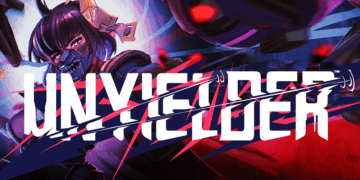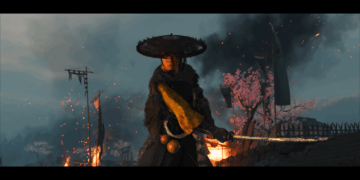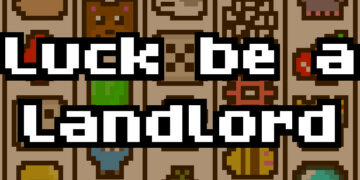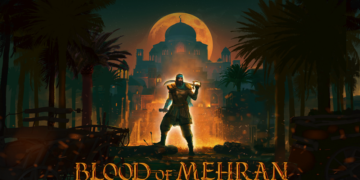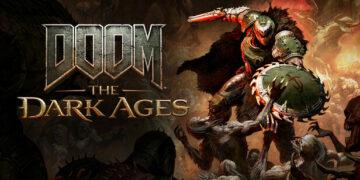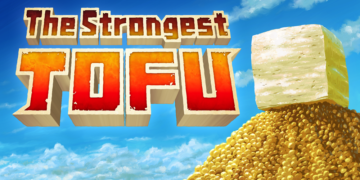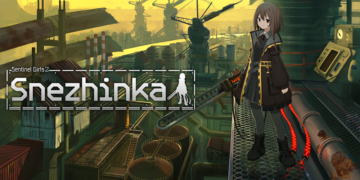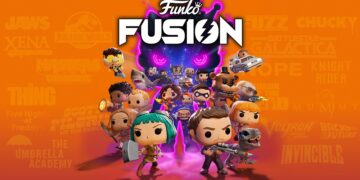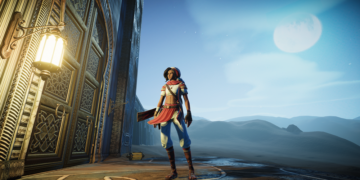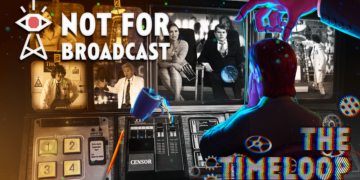Aztech Forgotten Gods Review by Roos Heilig
In order to discover the truth, sometimes we have to dive deep into the underground. This is the risk our protagonist decides to take with Aztech Forgotten Gods, released by Mexican game developers Lienzo (best known for their other action-adventure game Mulaka). Released on multiple platforms and complemented with a rich storyline, Aztech Forgotten Gods is an infusion of historical references, as well as futuristic elements incorporated into their characters.
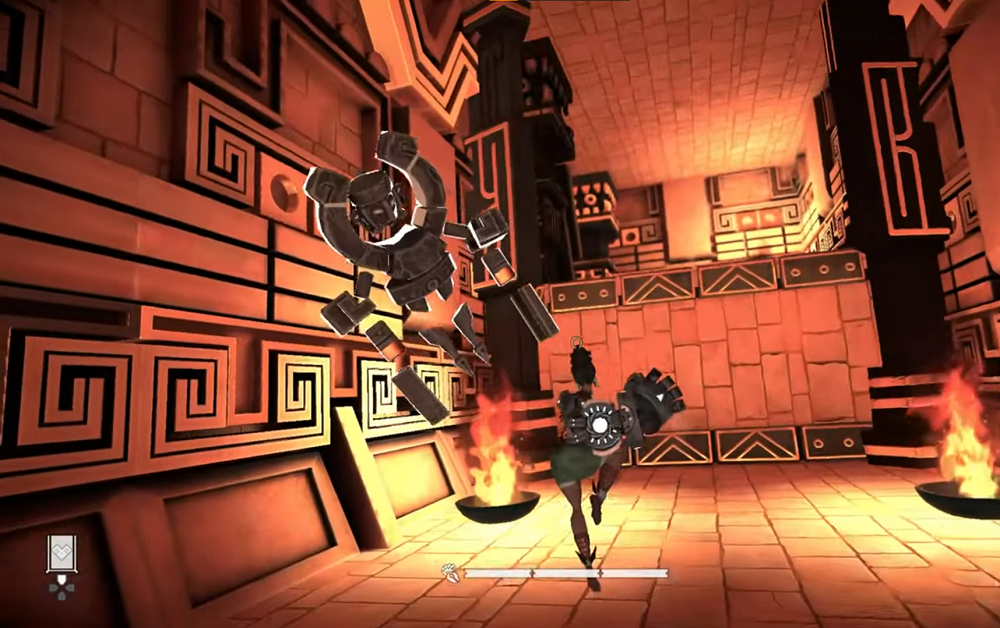
Equipped with a mecha arm and set in early 3D graphics, Aztech Forgotten Gods starts off by having a character named Zuma trying to navigate her way out of an Aztec temple. But it is not an easy climb, as she fends off boulder-looking drones before interacting with a voice only known as “Feather”. This prologue sets off the events of Aztech Forgotten Gods, with the aforementioned mecha arm being a catalyst surrounding our main storyline. In an alternate universe where the Aztec Empire reigned supreme and continued to influence their civilization, their city of Tenochtitlan became a hub for knowledge. However, the hunger for success soon outweighed history and their gods became forgotten. Until the emergence of our main protagonist Achtli and her mother Nantsin. Joining Nantsin in an archeological trip, Achtli decides to test out a giant stone gauntlet that was discovered at this undisclosed site. However, an accident triggered off a series of events that revived dormant figures, compromising Nantsin’s safety and the spirit of Aztec God Tez, now residing in Achtli.
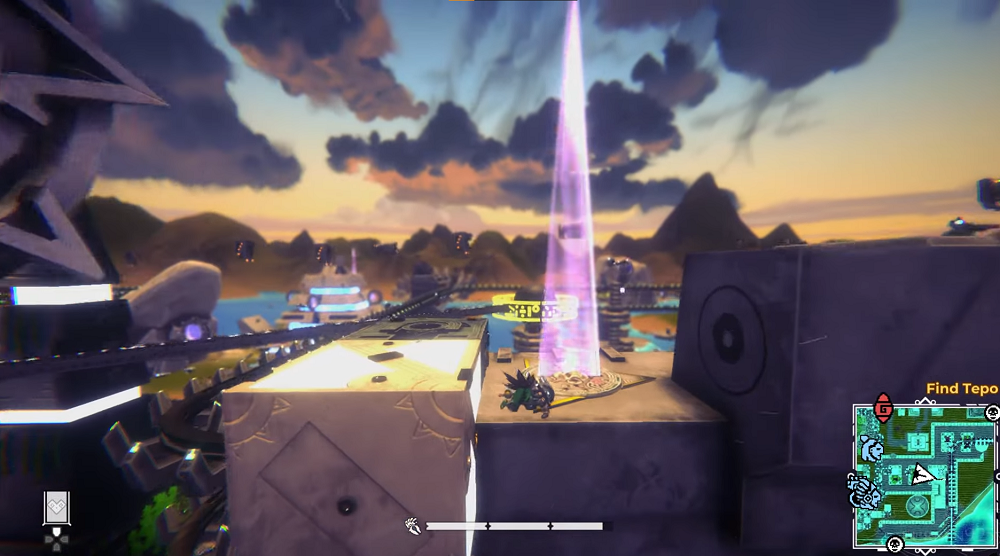
Throughout the game, our main protagonist seeks to restore order in Tenochtitlan by taking down ancient goliaths, while discovering newfound powers fuelled by the Lightkeeper. Achtli’s appearance is enhanced gradually while interacting with a few NPCs along her conquest to save her city and getting advice from Nantsin as well as Tez. Although the dialogue is limited to main figures and Achtli is your sole playable character, Aztech Forgotten Gods’ futuristic alternative universe storyline makes up for this minor downside. Despite being fictitious, there are several real-life references in the game (Tez being one of them, named after the Aztec deity Tezcatlipoca). While the graphics are debatable depending on who you ask, they did not compromise on their main characters (although, the lack of detail on their NPCs is too apparent). Lienzo still put up a valiant effort to capture their vision of an alternate reality Aztec civilization, by incorporating ancient landmarks and characters in traditional attire.
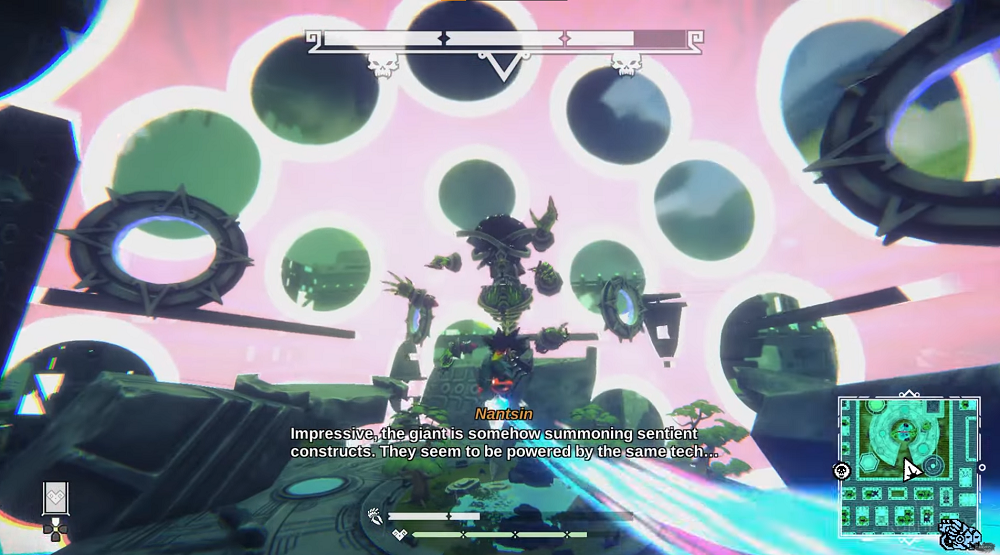
Sometimes to be remembered, all it takes is for one to unearth a forgotten past. The results may vary, depending on how it is being controlled. While you do not need to be a historian or have an interest in artifacts before playing Aztech Forgotten Gods, playing this game could spark a curiosity. Thankfully, Lienzo did a commendable job in conceptualizing an intriguing alternate reality universe that will sustain throughout the Aztech Forgotten Gods gameplay. To learn more, check out the game on their official website and how Lienzo is showcasing Latinx culture through their company in this article.

